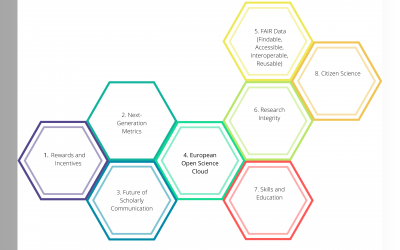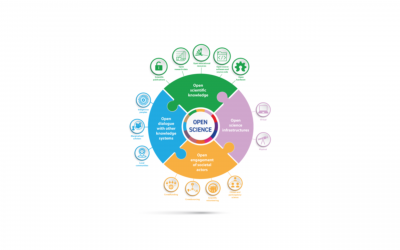European University Alliances

European University Alliances are collaborative networks formed by universities across Europe to enhance cooperation in education, research, and innovation. Since 2019, four yearly calls have been made to promote a European Education Area by fostering deeper integration and cooperation among higher education institutions across the continent. Selected alliances receive funding from programs such as Erasmus+ and Horizon Europe and support from the European Commission to implement their collaborative activities and pursue common goals.
Founding through Erasmus+
The main source of financial support for European Universities alliances comes through Erasmus+. In addition, they can access national or regional funding schemes for research and innovation and any other relevant EU funding resources Under the budgetary period of 2021-2027, Erasmus+ will assign a record of around €1.1 billion to the European Universities initiative. This means up to €14.4 million available for each European Universities alliance covering 4 years, which is 3 times more than the amount offered during the 2019-2020 piloting phase. Alliances may be able to extend this period of 4 years of funding with 2 extra years under a competitive call for proposals. This possibility will be included in the 2026 and 2027 Erasmus+ work programs, which are not yet adopted (source: https://education.ec.europa.eu/education-levels/higher-education/european-universities-initiative/funding).
 – Collaborative Building of Open Data
– Collaborative Building of Open Data
The collaboration between European universities has been realized through fifty alliances, developed in four successive generations since 2019. We compiled our data using information obtained from the European Union’s dedicated website (Source: https://education.ec.europa.eu/education-levels/higher-education/european-universities-initiative/map ). The dataset also benefits from other information we found by consulting the institutional websites of all fifty alliances. In order to compile and build the dataset, we used the SPOD (Social Plattaform Open Data) platform, realized in 2015 as part of the Horizon 2020 ROUTE TO PA project.
The platform allows not only the creation of datasets to be disseminated in an open format, but also the development of interactive, real-time and dynamic visualisations, called “datalets”.
In the cases presented below, we first looked at the European countries with the largest number of universities in the four generations of alliances. We can see that Germany (50 institutions) and France (50) have the largest number of institutions in the different alliances, followed by Spain (44) and Italy (35).
We could then see that the generations with the highest number of memberships were the first and the second.
The datalet creation tool allows not only the visualization of statistic data, but also the enhancement of information with geographic coordinates.
A summary map (datalet) was generated to get an immediate overview of all university institutions (European and non-European) involved in the four-generation alliances.
The final visualization data shows how many nations participated in all four generations of alliances. For example, Austria established the highest number of alliances, activating 15 partnerships .


